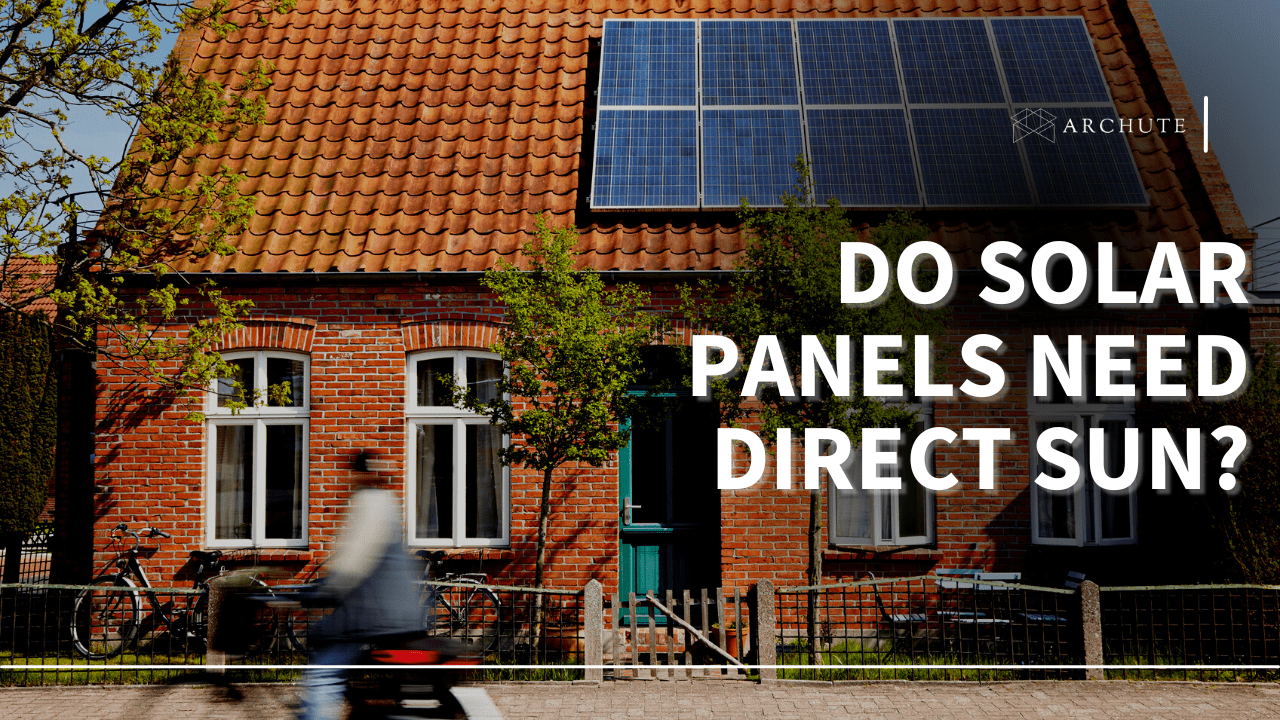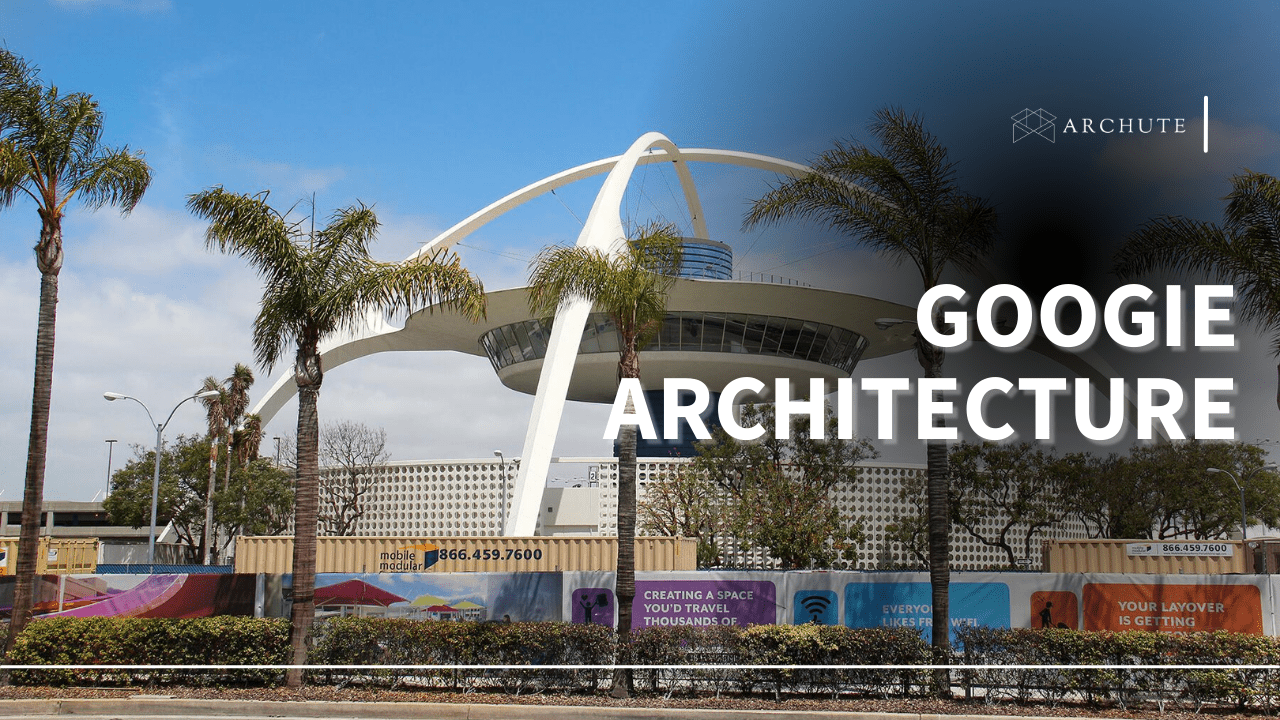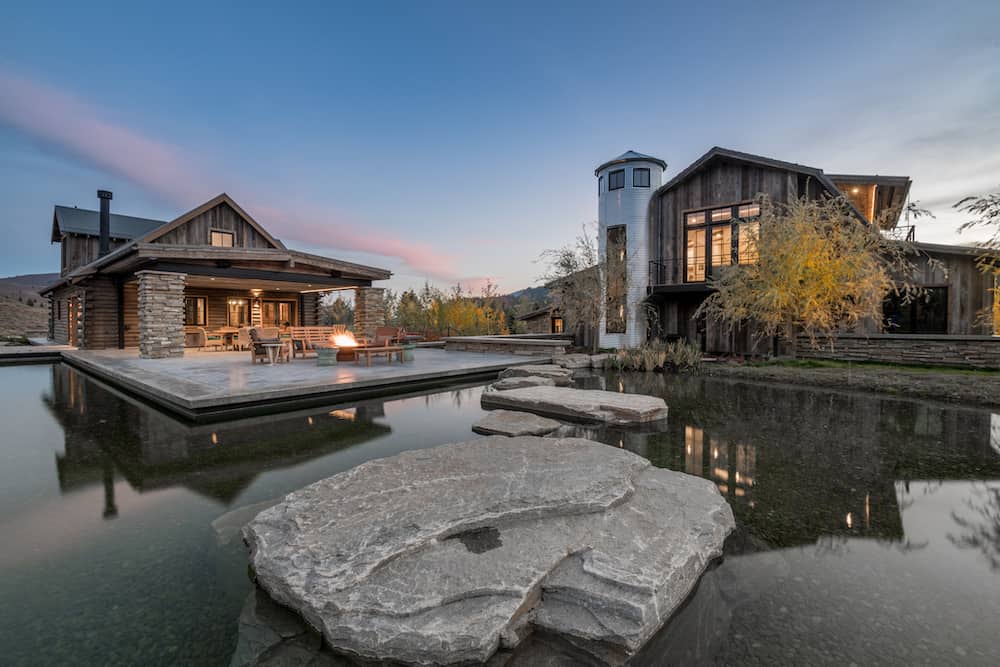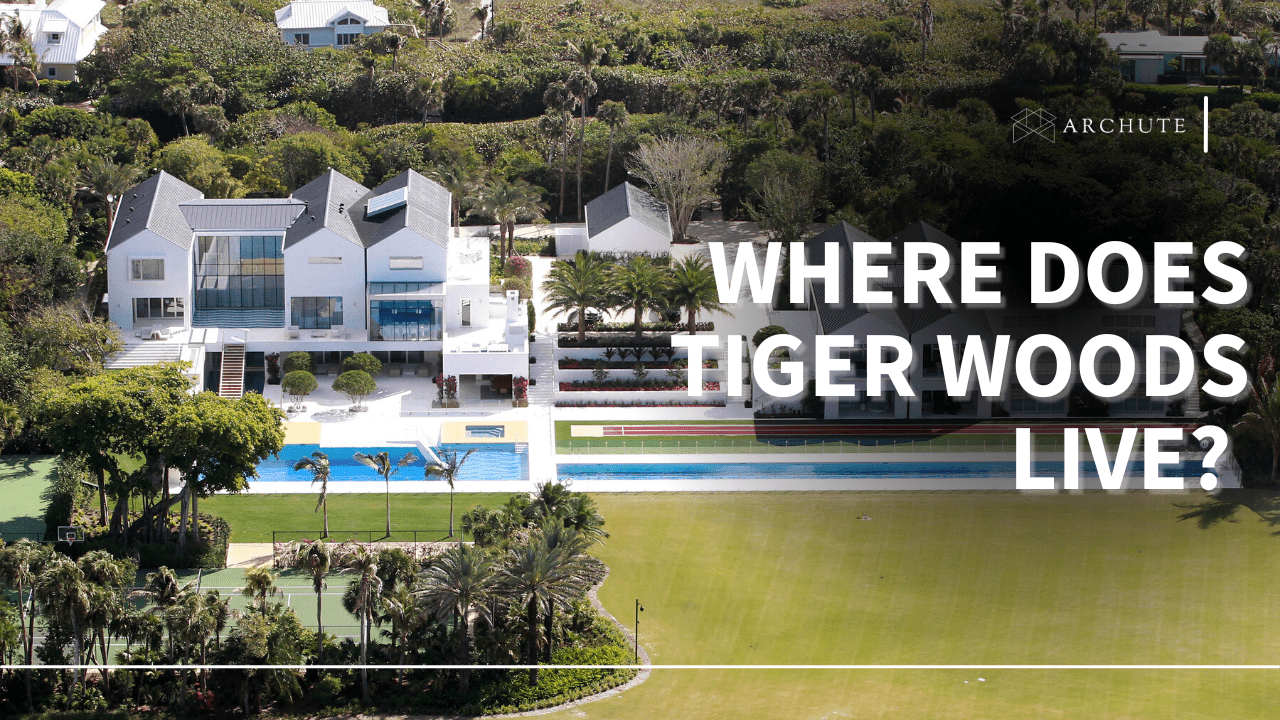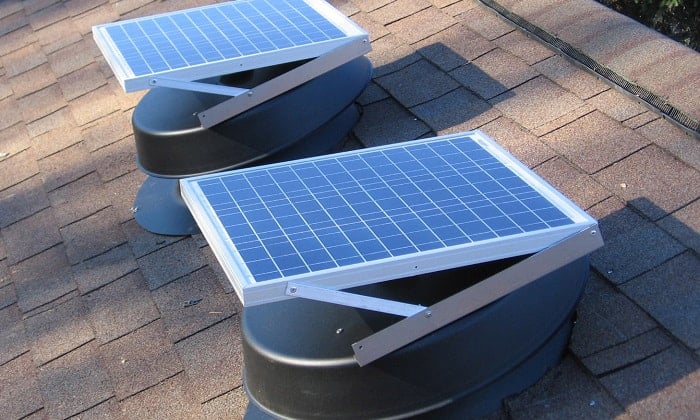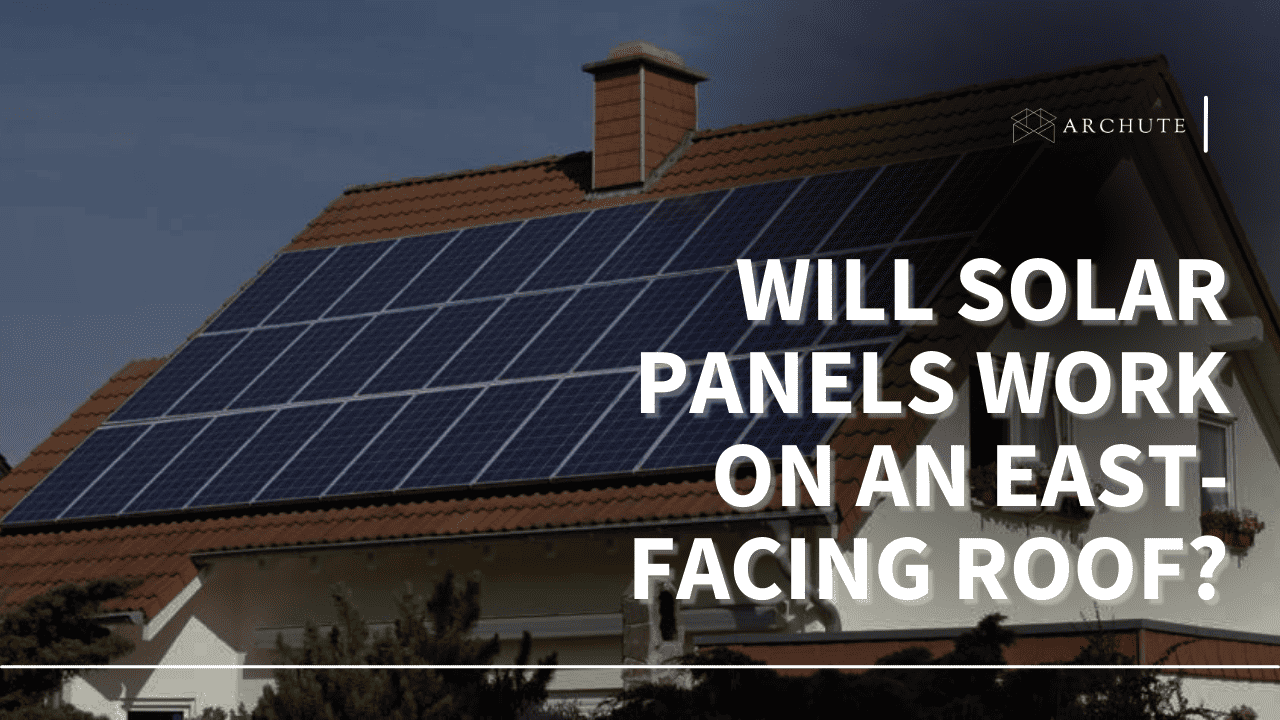There are many instances whereby your solar panel may get little to no sunlight. Such circumstances include being covered by taller buildings and trees, weather conditions, or even when it’s away from the sun. So, do solar panels need direct sunlight to work?
If you depend on solar lighting, you already know that solar energy has numerous advantages. However, you may still want to know more, like whether or not the panels can work without direct sunlight. That is why we shall discuss the topic in detail to ensure we answer all your questions.
How Do Solar Panels Work?
Solar panels function by capturing solar radiation and turning it into useful electricity. Solar energy is captured by photovoltaic cells and used to generate an electric current.
Photovoltaics, a technique used in solar panels, is the process of turning sunlight into electricity. They consist of solar cells joined together to create a bigger panel.

Image credits: solarvision.com
Two thin layers of silicon-based semiconducting material generally, are used to construct each solar cell. The silicon electrons in the solar cell are activated and begin to flow when sunlight strikes the device. Electric current is produced as a result of this electron flow.
Does a Solar Panel Need Direct Sunlight to Work well?
Solar panels can work under any circumstances, whether the sun is there or not. However, they are most efficient when the sun shines bright.
This is because, with enough sunlight, it receives more power ensuring that it works for longer periods.
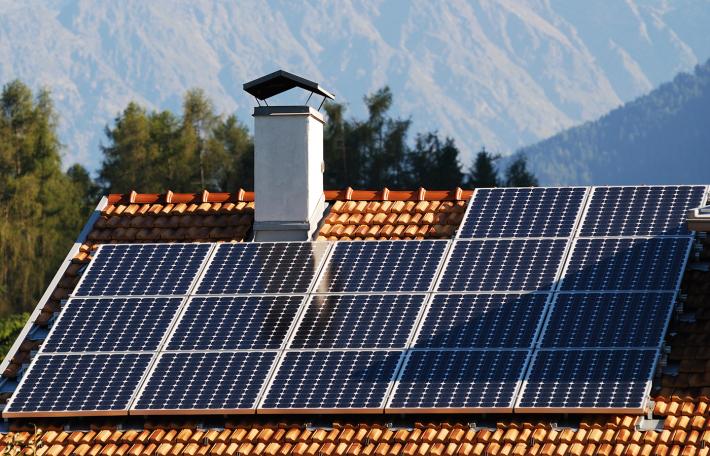
Image credits: bakerelectrichomeenergy.com
Sunlight from both direct and indirect sources generates power for solar panels. Both types of sunlight contain photons, which the solar panels use to create an electrical current.
Solar panels will still generate electricity even in the absence of direct sunshine.
How to Make Solar Panels Efficient Without Direct Sunlight
Sometimes you may need more sunlight for the solar panels to work efficiently. Though the panels may still generate a significant amount of electricity, your electricity needs could be more than what is available.
You can do some things to make the panels more efficient, letting them provide you with more electricity. Among the best ways is to use solar panel inverters which come in different types;
a) Micro-Inverters
Some solar panel systems employ micro-inverters as their type of inverter. Micro-inverters transform the current from each solar panel into alternating current (AC), as opposed to traditional inverters, which solely do the opposite.
Micro-inverters are more costly than conventional inverters, but they have some benefits that make the extra cost well worth it.
Micro-inverters are more effective than conventional inverters since they don’t need to transmit electricity between numerous components.
Additionally, the system can be monitored and adjusted individually, allowing for higher energy output and efficiency, as each solar panel is directly attached to a micro-inverter.
b) String Inverters
A string inverter is a device that converts direct current (DC) from several solar cells into alternating current. They are often found inside weatherproof casings at the rear of solar panels.
Due to its numerous benefits, string inverters are frequently utilized in big solar panel arrays. In the conversion process, they lose less energy.
In addition, because they often have fewer components than other inverters, string inverters are often more dependable, affordable, and simpler to install and maintain.
However, compared to other inverters, they often have lesser efficiency rates and shortened lifespans.
How Solar Panels Work Under Different Weather Conditions
a) Cloudy Weather Conditions
Do clouds have an impact on the energy production of solar panel systems? Yes, they do. Their effect varies depending on the type of cloud and where it is in the atmosphere.
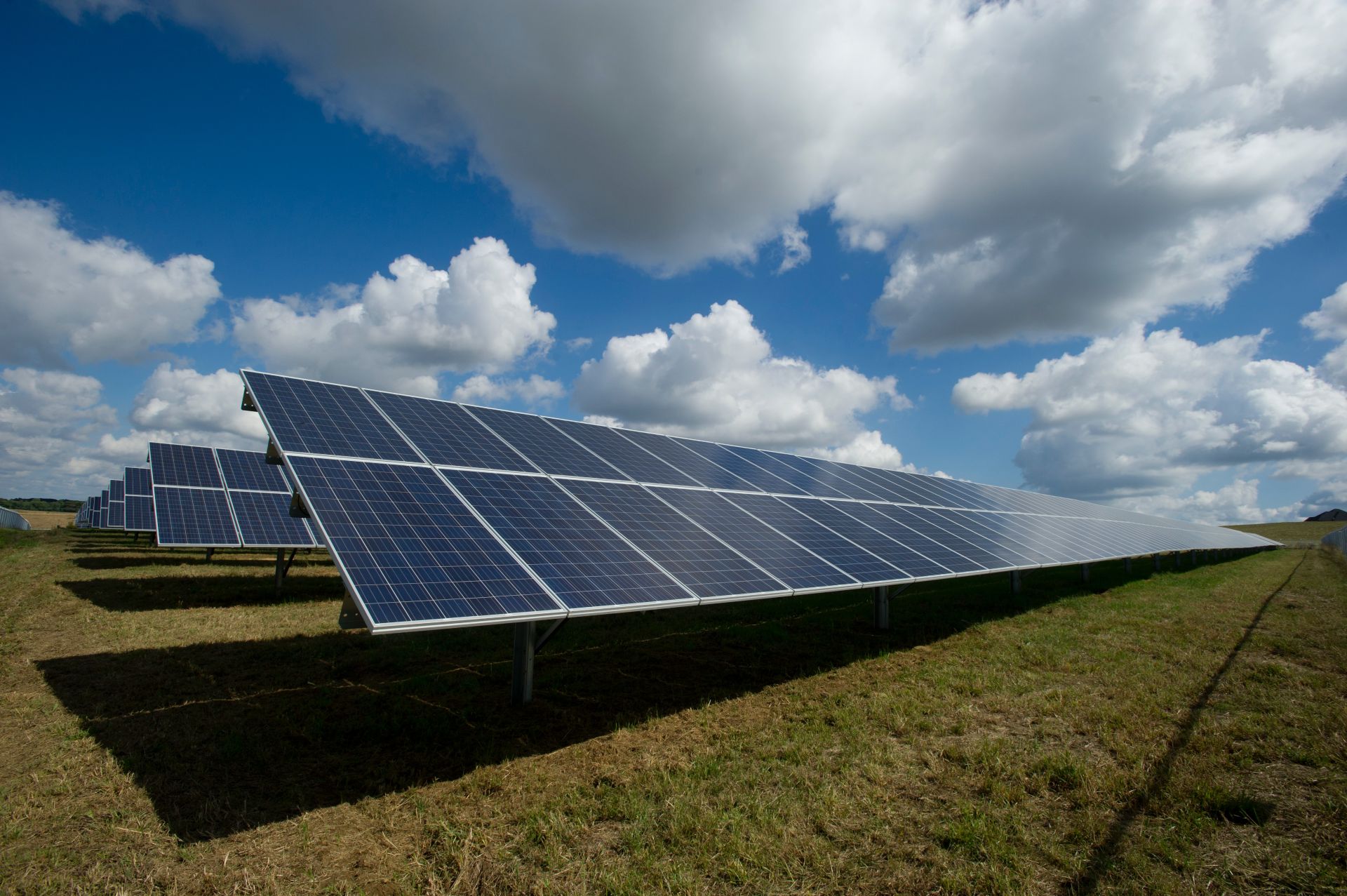
Image credits: solairegen.com
Low, dense clouds reflect solar heat, radiation, and light before dissipating into space. Thinner, high-altitude clouds allow most solar energy to reach your roof’s solar panels.
Some cloudy conditions are perfect for producing solar energy. For example, ice crystals in high-altitude clouds lead to a phenomenon called “cloud lensing,” where the clouds serve as a lens, enlarging the sun.
b) Rainy Days
It is well known that solar panels can produce electricity from the sun, but what happens when it rains? When it rains, solar panel systems continue to produce energy, even though their power output is at its peak in direct sunshine.
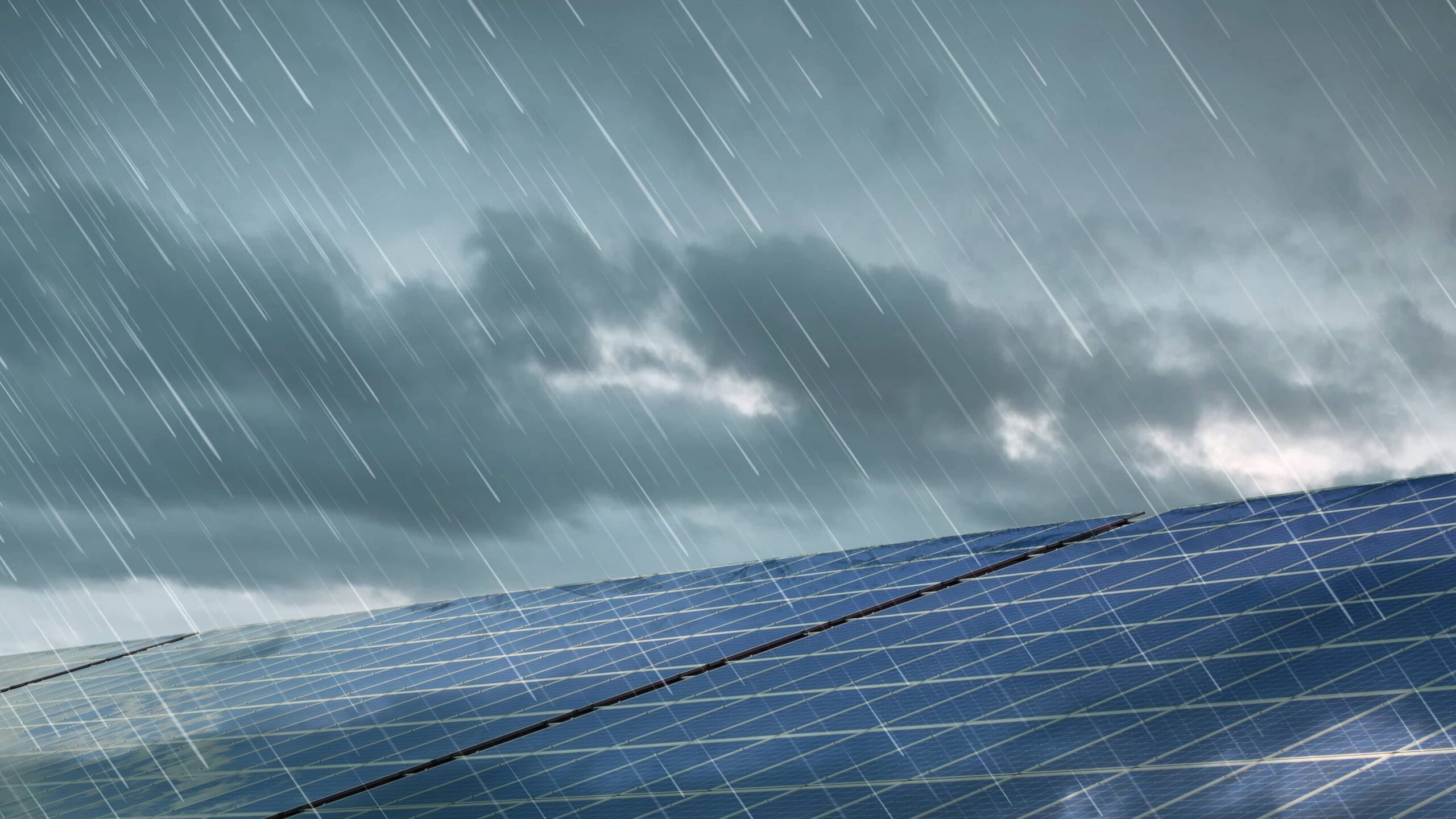
Image credits: maonengphillippines.com
Depending on the cloud cover’s denseness, a solar panel system’s performance is decreased by 40–90% on a wet day. After the storm has passed, though, you’ll benefit from a positive side effect: rain aids in cleaning solar panels.
A decent rainstorm might significantly improve your energy output if you reside in a dusty environment.
c) Snowy Days
Solar panels are excellent for producing electricity when the sun is out, but what about when it’s snowing? Unfortunately, some believe solar panels won’t function in snowy or extremely cold conditions.

Image credits: newatlas.com
In reality, sunlight can penetrate thin snow covering, so your solar panel system will still generate solar electricity even when it gently snows.
On the other hand, significant snowfall will block sunlight and significantly reduce energy production. Snow rarely accumulates on solar panels thanks to their superior snow-shedding abilities.
One advantage of the snow on your solar panels is that it clears any dust accumulation as the snow melts.
Factors Affecting Shading on the Solar Power System
a) Duration of the Shading
The amount of electricity your solar panels generate will decrease the longer they are in the shade. Keep in mind that due to the sun’s rays’ ever-changing direction, sunshine and shadow levels will change from day to day.
b) Inverter Setup
Shading on a single panel will lower the solar array’s overall power output if a central string inverter is used. In contrast, shading on a single panel in systems using MLPEs (microinverters or DC power optimizers) does not affect other panels and only slightly lowers the quantity of energy produced.
c) Solar Panels Technology
The impact of partial shade is lessened by more recent solar panels that employ half-cut photovoltaic cell technology. But with typical solar panels, this is not the case.
You should first estimate how much shade will be on your roof if you install solar panels. Installing solar panels that employ half-cut solar cells coupled with MLPEs will reduce output losses if you anticipate limited or partial shade.
What Time Do Solar Panels Get Maximum Output
Solar panels require 1000 W/m2 of sunlight to operate at maximum efficiency, which is only achievable when there is direct sunlight. You may also like to know how much energy is produced by solar panels. Therefore, when there is the most direct sunlight during the day, it produces more electricity.
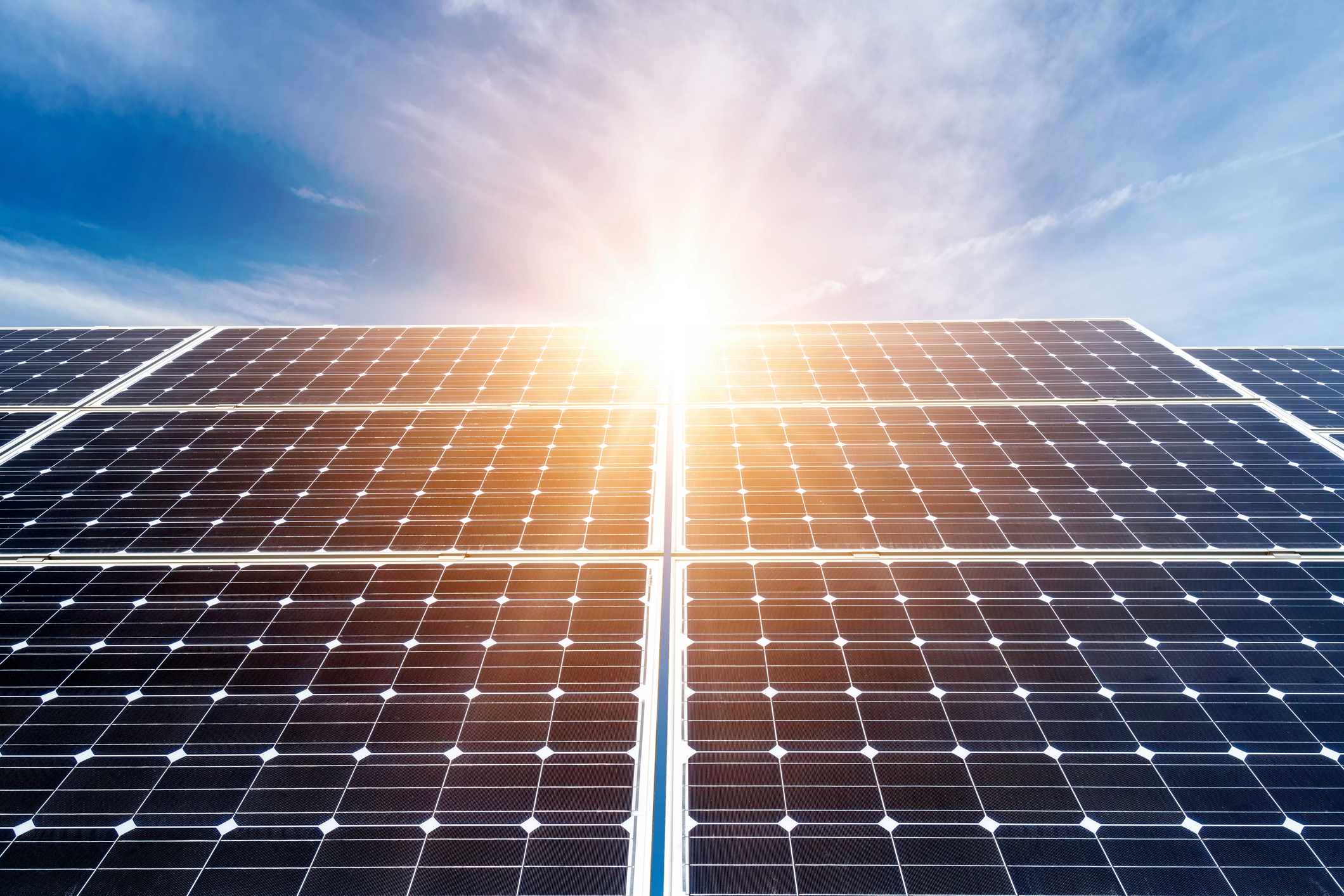
Image credits: odernize.com
The quantity of sunlight that a solar PV panel receives throughout the day is referred to as a peak sun hour. For a solar system to be profitable, there must be an average of four peak sun hours each day.
It is comparable to 4000 watt-hours of total daily solar radiation. The main parts of a solar panel are tiny photovoltaic cells. Tough silicone holds these cells together.
The positive and negative charges on each side will allow the appropriate electrical charges to bounce off one another. Photons are converted into useful energy by these cells inside the solar panel.
The solar panels receive increased sunshine exposure thanks to their mirrors and reflectors. As a result, more photons are absorbed and turned into useful electricity.
Frequently Asked Questions on Whether Solar Panels Need Direct Sunlight
1. At what temperatures do solar panels stop working?
Although solar panels are made to endure a wide range of temperatures, performance can still be affected by extremely high or low temperatures.
A test of a solar panel is conducted at 77 degrees Fahrenheit. When temperatures are between 59 degrees F and 35 degrees F, solar panels, on the other hand, might heat up to 149 degrees F in intense summertime sunlight.
The silicon grains that make up solar cells may start to disintegrate at extremely high temperatures, lowering efficiency. Low temperatures, however, can reduce output by restricting the passage of electrons.
2. Can you charge solar through a window?
Yes, solar panels can function through windshields or windows made of glass. Is it sufficient for your solar panel to operate, though? Solar panels can be charged through glass windows, but they won’t be as effective as those mounted outside.
3. Can solar panels be charged with indoor light?
Yes, LED lights may be used to power solar panels. However, in contrast to what incandescent bulbs generate, the light waves are not as similar to those of sunlight.
As a result, charging the solar panel will take longer and require more LED lights than with incandescent bulbs.
4. Why do my solar lights turn off at night?
Batteries lose the ability to charge over time since they are constantly recharged and discharged during the day and at night when the light is on. Reduced runtime at night, even after a sunny day, may indicate that this is the case with your lights.

